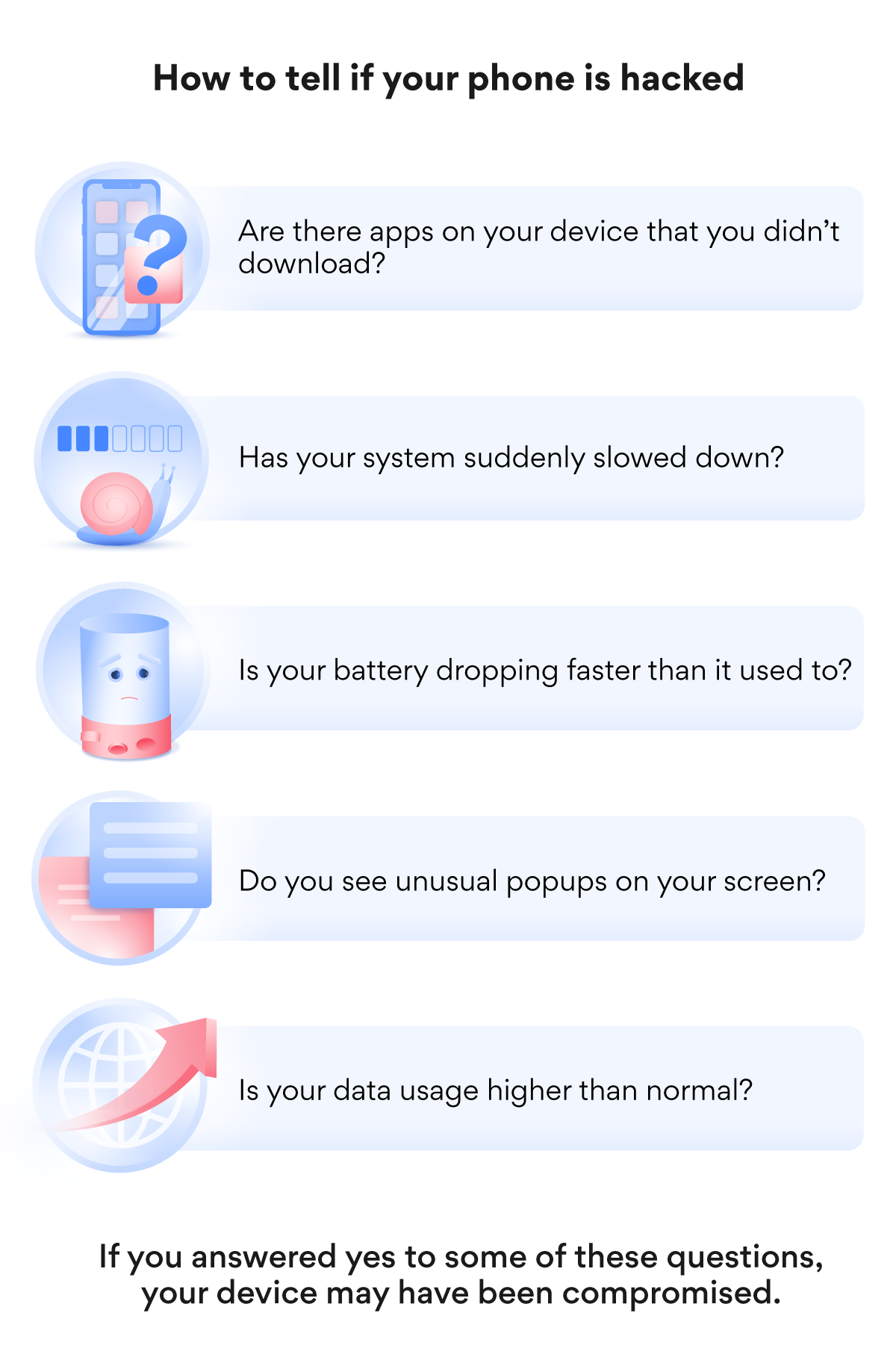

At the phone end of the equation, it’s just as secure and private as making a phone call or web surfing with your phone, because 4G data traffic is generally encrypted using the Snow Stream cipher with a 128-bit encryption key.įor those able to tap into one of the emerging 5G networks, the protection is increased with 256-bit encryption the ability to block fake mobile network transmission sites, known as stingrays and encryption of your identity and location to thwart identity thieves.

Using a phone hotspot can increase your security profile by letting you avoid the use of insecure public hotspots in coffee shops and hotels. Computerworld / IDG / Getty ImagesĪ phone hotspot uses a cellular network to connect to the internet, and typically shares that connection via Wi-Fi. The net result is that those Wi-Fi devices that are within range can tap into the data signal as if it were a regular old Wi-Fi network - because it is. It then transmits this data locally like a mini-Wi-Fi router using the 802.11ac or 802.11ax protocol with the newest handsets. To use a phone as a hotspot, the device treats its online connection to the data network as if it were a broadband data source.
#Hot spot usb secure drop Bluetooth
Some phones also allow tethering via Bluetooth and USB cables, but these techniques are less popular. This not only lets me get my laptop and tablet online, but I can share it with co-workers, as long as they’re in range and they know the password. In other words, it can distribute a web connection to nearby systems via Wi-Fi. What is a phone Wi-Fi hotspot?Īt its essence, a hotspot is a blend of software, hardware and back-end network data services that combine to transform a phone into the equivalent of a broadband modem and router. In a nutshell, using a hotspot can make life easier on the road, and occasionally even at home. On the downside, using your phone as a hotspot can chew through your phone’s battery very quickly.Īfter talking to representatives of phone makers and networks about their products and using my Samsung Galaxy S20 Ultra 5G as a hotspot on several field trips, I’ve updated the answers to the following 15 key questions about phone hotspotting. The usage is generally included in your monthly plan, but after you reach a specified data limit for most plans, the speed drops.
#Hot spot usb secure drop android
This technique works with just about every current Android and iOS phone, and using your phone as a hotspot can be more secure than using a public hotspot. Happily, the phone can still view web sites on its screen, make calls and respond to texts while it’s hosting the hotspot connection. When the phone is connected to the mobile data network, it can convert the data stream into a Wi-Fi signal for other devices to share.

It works just like a dedicated mobile hotspot, but because it’s inside your phone, there’s nothing extra to charge, carry, and try not to lose.

It can also provide a connectivity lifeline for a home office when the Wi-Fi goes down. The potential ranges from a group on the way to the airport in a van finishing a group presentation to an accounting team working in a conference room with an internet connection independent of the company they’re auditing. It’s my way to stay on top of work wherever I am, allowing me to read and send emails, move data back and forth with the company’s servers and even get a taste of the latest office gossip from the comfort of a full-sized device.Ī phone hotspot can be a serious collaboration tool for a group of businesspeople attempting to work together. Using my phone as a hotspot (also known as Wi-Fi tethering) means that whenever I have a couple of bars of signal strength, I can get my tablet or laptop online - and share my internet connection with work colleagues. Buried inside just about every smartphone is a capability that few people take advantage of but that I have come to rely on more and more: the ability to turn the phone into a Wi-Fi hotspot.


 0 kommentar(er)
0 kommentar(er)
